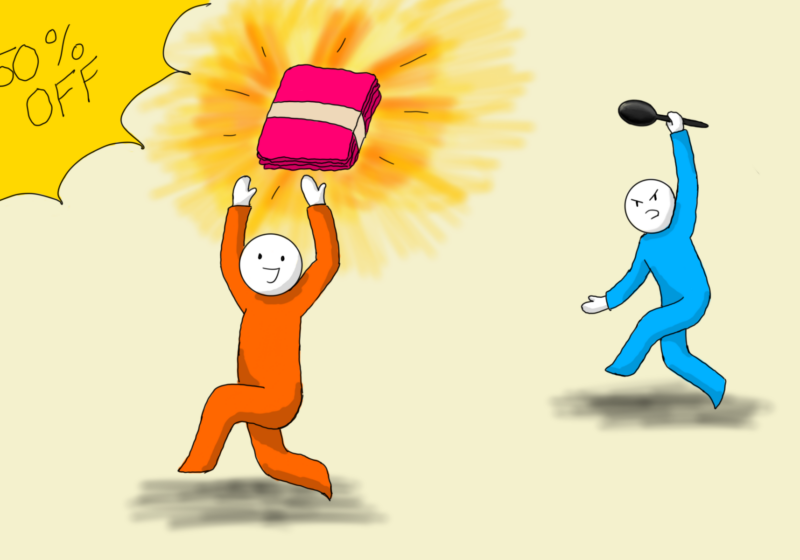On an early Sunday morning circa 1930, the average American family could often be found sitting in a cozy living room, each comfortably situated on olive green couch cushions and yellow pillows, each holding their morning coffee or hot chocolate.
No television blaring in the distance, no iPhone buzzing. The only sounds to be heard are of big band jazz or the voice of Bing Crosby or charismatic talk show hosts with the morning update: the radio was the center of home, family, and news, a social necessity of everyday life.
The value and potential of radio today as a source of entertainment seems to be entirely underappreciated and need to be done justice.
In our now instantaneous, dynamic, constantly moving society, the majority of whom would assume it to be rare to see anyone sitting around with nothing but a radio to entertain them.
However, radio is just as important now as ever before and its influence is entirely underappreciated.
Regardless of any misconceptions, there are actually more radio listeners today than any other point in history. Over 244 million Americans tune in to the radio, both online and AM/FM, each week, according to Nielsen. Even in spite of the growth of print news, television, and online publications, each year since 2000 over 90% of Americans have reported listening to AM/FM music every week.
Growing up, the voice NPR’s Brian Lehrer or Morning Edition’s Renee Montagne would fill the air around my family’s semi-conscious breakfast table. My brothers and I would moan and complain that we didn’t care about the news and didn’t want to hear voices, but my mother would insist that we were learning about the news without even trying.
With so much news sensory overload, people often don’t realize how much media they are exposed to without effort. Just by entering a car, bus, or mall, radio surrounds us we are subject ourselves to all its influence: it’s part of a societal contract.
Radio broadcasting began its boom after the debut of commercial radio in 1920 when Pittsburgh station KDKA broadcast the results of the presidential race between Warren Harding and James Cox, radio listenership had an incredible rate of growth, raising from 60,000 homes owning radios in 1922 to over ten million in 1929.
Now, although radios are most often found in vehicles, the computer and the smart phone have replaced old transistor radios.
With so many other news and entertainment options available with bright flashy visuals and wild technological effect, the simplicity of just sitting back and listening is often forgotten.
As a radio news junkie, the voices of NPR fill my dorm room at any time of day, from Brian Lehrer in the morning as I eat breakfast to Peter Sagal on “Wait, Wait…Don’t Tell Me” in late afternoon while I attempt to get through French vocab and African geography.
Like my mother told me, you’ll be entertained and learning without even trying, 1930s style.
Douglas is a member of the class of 2017.




